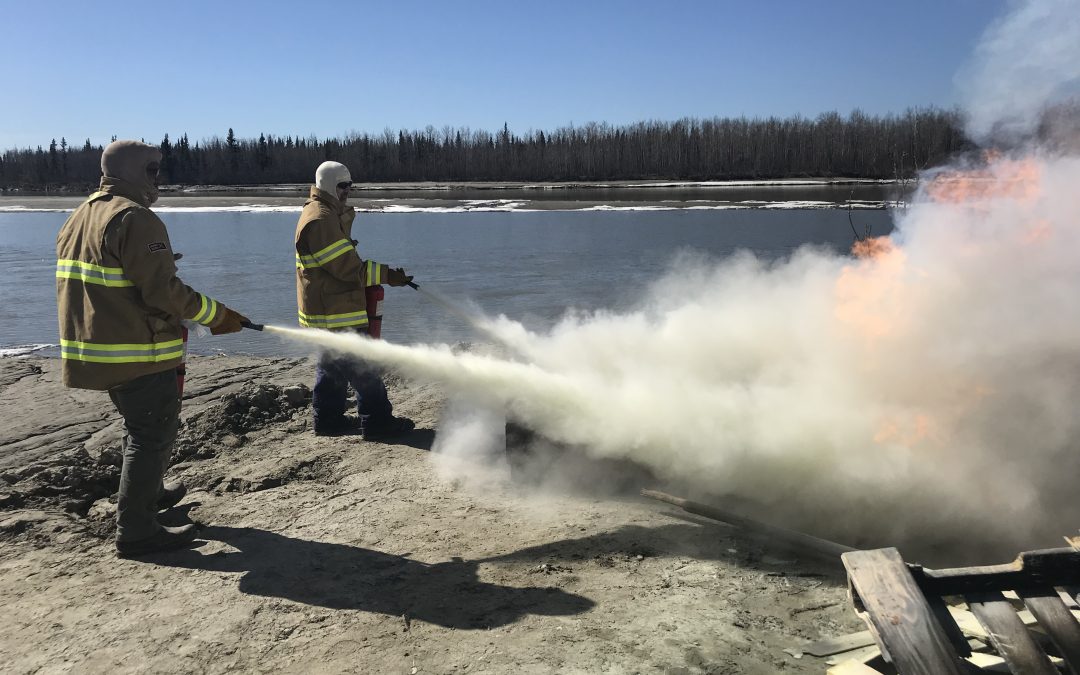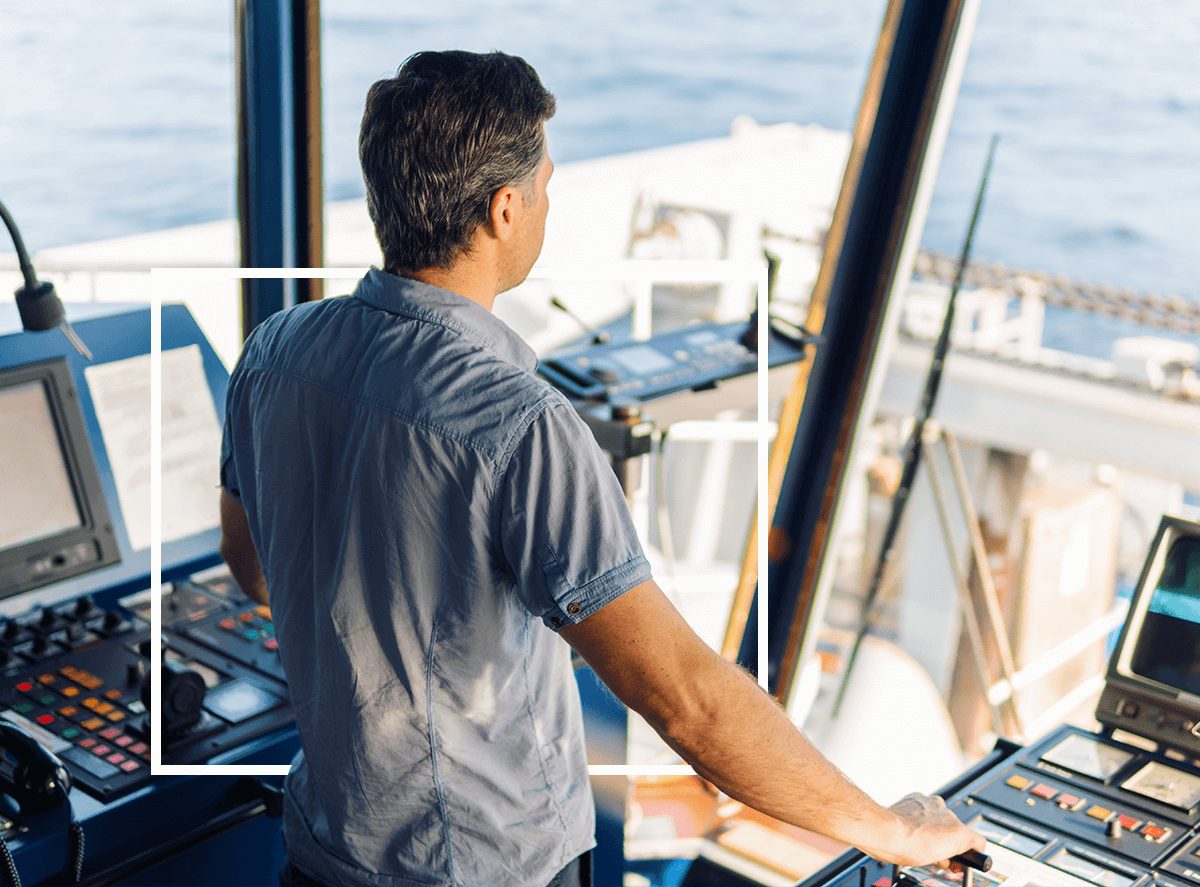MITAGS recently traveled to Nenana, Alaska to conduct a two-day M-SAFE training program for Ruby Marine. Ruby operates two vessels on the Tanana and Yukon Rivers, delivering freight and fuel to villages spread out over a distance of nearly a thousand miles.
Because they operate in such remote areas, often far from any potential assistance, it is critical that Ruby’s crews know how to do their jobs safely and that they are prepared to respond effectively to any emergency that may arise.
Over the course of the two-day program, crew members reviewed safety procedures and participated in emergency drills aboard their two vessels. The highlight of the program was the afternoon of the second day, where they had the opportunity to fight large wood and oil fires using fire hoses and portable extinguishers.
M-Safe Training in Alaska – Video Footage
MITAGS takes pride in its ability to deliver high quality training programs wherever the need arises. Responding to the demand for Towing Vessel Safety training brought on by Subchapter M, we have now conducted a number of M-SAFE training courses around the country. To learn more, or to arrange a training session for your crew, contact Capt. Jon Kjaerulff via e-mail jkjaerulff@mates.org, or by phone at 206-255-8398.




